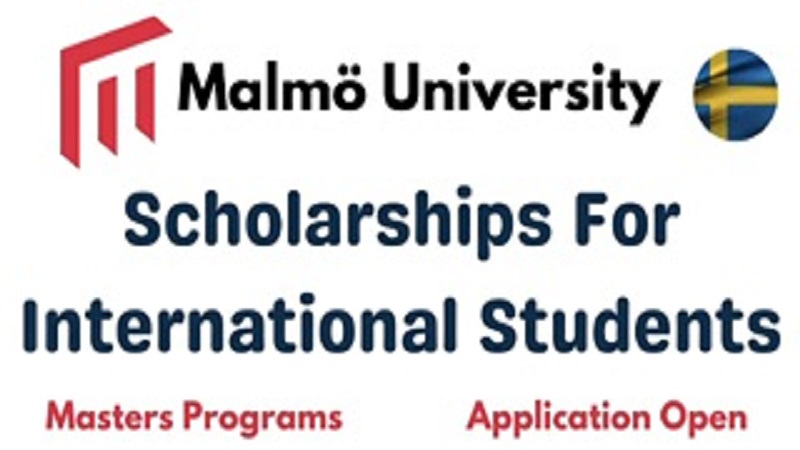Over 20+ New Jobs Daily

Opportunity Title: Apply For The $275,000 Loss and Damage grant
The Loss and Damage Youth Grantmaking Council (LDYGC), in collaboration with the Climate Justice Resilience Fund (CJRF) & Open Society Foundations, has opened call for application for its new $275,000 grant cycle aimed at concrete actions to address the impact of climate change in vulnerable communities. By concrete action, we mean tangible measures taken to tackle loss and damage in vulnerable communities within the areas of focus outlined in the section below. Thus, this grant cycle excludes any application with a central focus on capacity building and awareness campaigns unless it’s a highly important component, without which the project fails to achieve its initial goal.
Grant category
For this year’s Grant cycle, the Council will distribute a total of 275.000 USD to 9 projects by youth-led organizations, divided between two large grants of 50,000 USD each and seven medium-sized grants of 25,000 USD each. In this context, note the following definitions:
- A large grant (50,000) means a high financial allocation intended to support long-term initiatives with a broader reach and significant measurable outcomes. The implementation of a large grant can take a year or more.
- A medium-sized grant (25,000) means a financial allocation intended to support long-term initiatives that are more specific in their target and more flexible in their implementation.
What The Grant Focus on
The Council will fund selected loss and damage projects that focus on one or more of the following thematic areas:
Theme 1: Recovery and Rehabilitation after extreme weather events: The set of projects under This theme includes projects that address Loss and damage in the aftermath of extreme weather events such as hurricanes, cyclones, floods, drought, heatwaves, and so on. Examples of projects within this theme could focus on restoring houses, rebuilding resilient infrastructures, restoring lost ecosystems and landscapes, and establishing early warning systems for extreme weather events, among others…
Theme 2: Relocation and Resettlement of communities affected by slow-onset events: This theme includes projects that address the challenges of slow-onset events such as rising sea levels. Projects under this could include solutions to construct alternative livelihoods for communities affected by Loss and damage or support communities facing climate migration. For example, introducing new agricultural practices in areas turning arid due to desertification, developing alternative livelihoods in regions affected by rising sea levels, and supporting communities forced to migrate due to the inhabitability of their traditional lands, among other examples.
Theme 3: Addressing non-economic loss and damage effects: These are projects that aim to address often overlooked impacts of the climate crisis, such as loss of cultural heritage, loss of community knowledge, loss of natural heritage, and mental and physical health impacts. Projects could include programs to preserve cultural practices in communities displaced by climate change, establishing community centers for mental health support in areas frequently hit by extreme weather events, strengthening local healthcare systems to respond to emerging health challenges caused by climate change, active remembrance, and so on…
Theme 4: Addressing the economic loss and damage effects: These projects aim to strengthen the economic well-being of communities facing loss and damage. Projects within this theme might center around offering or spreading financial protection. Examples of projects could include offering climate risk insurance mechanisms for communities vulnerable to climate impacts or creating contingency funds for coastal communities.
Eligibility criteria
The Council uses a wide range of eligibility criteria with the goal of having youth-friendly eligibility, addressing some of the issues faced by youth and grassroots organizations in marginalized communities. Applications should cover the criteria below:
- The lead applicant must be 35 or below and must have or lead a youth organization or grassroots organization applying operating locally or nationally especially those located in the most affected areas, vulnerable communities, marginalized groups, or any other that is not mentioned
- The application should fall into “action to address L&D” from the above themes and must be submitted before the deadline through the google form provided below.
- The project proposal can be submitted in English, French, or Spanish. We advise applicants submitting in French or Spanish to attach a translation of their project proposal in English if possible.
- The project proposal must not be more than three pages and complete. Incomplete proposals will not be considered.
- The submitted project must fall within the grant’s scope, which is to fund ‘concrete actions to address loss and damage,’ excluding capacity building and awareness campaigns.
Timeline
- Application opens 1st of February
- Application closes 15th of March
- Winners announced in June 2024
How to Apply
You can apply for the grant using the application form. You can apply in English, French, and Spanish. Kindly select your preferred language of application in the form and application question for your language will be presented.



